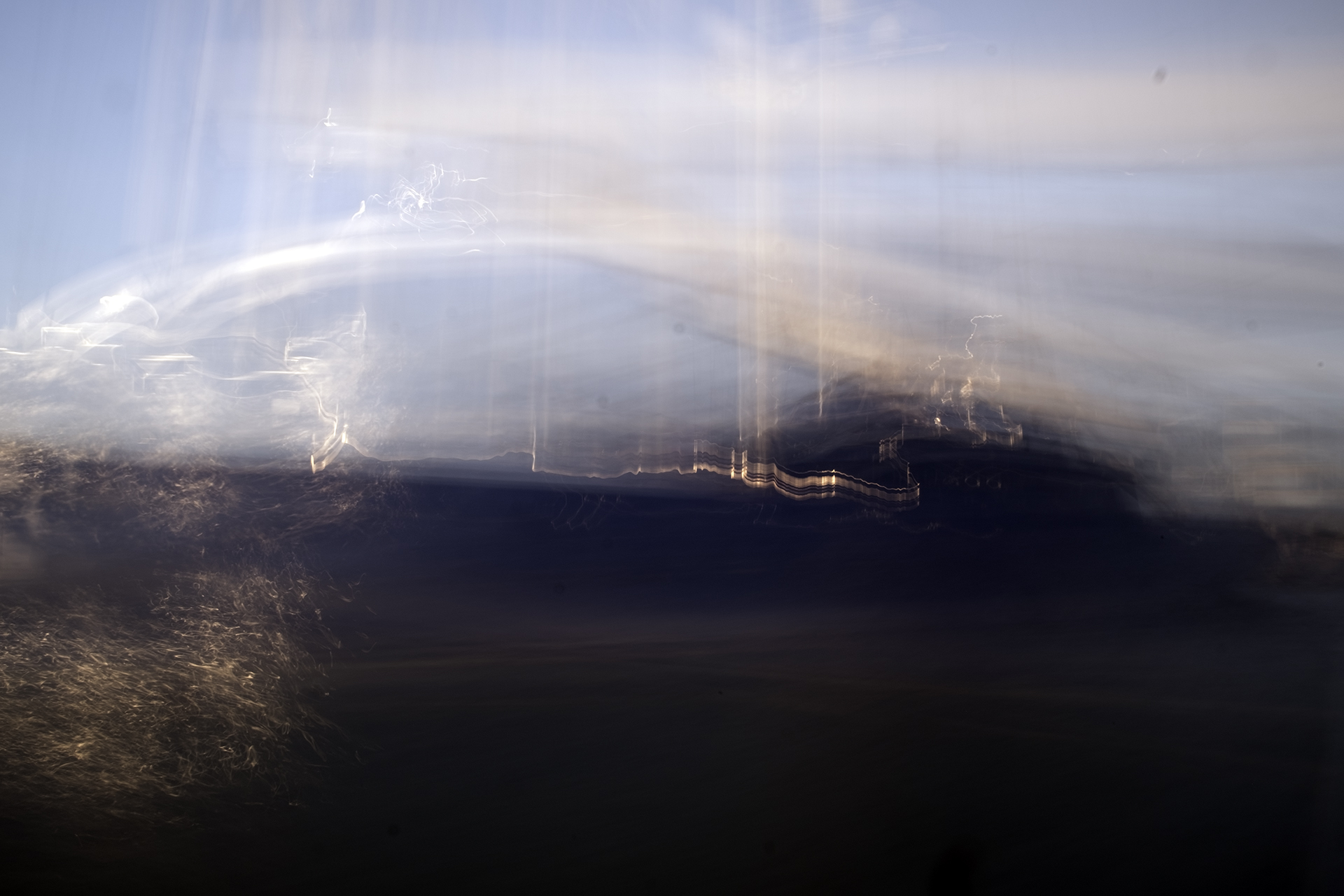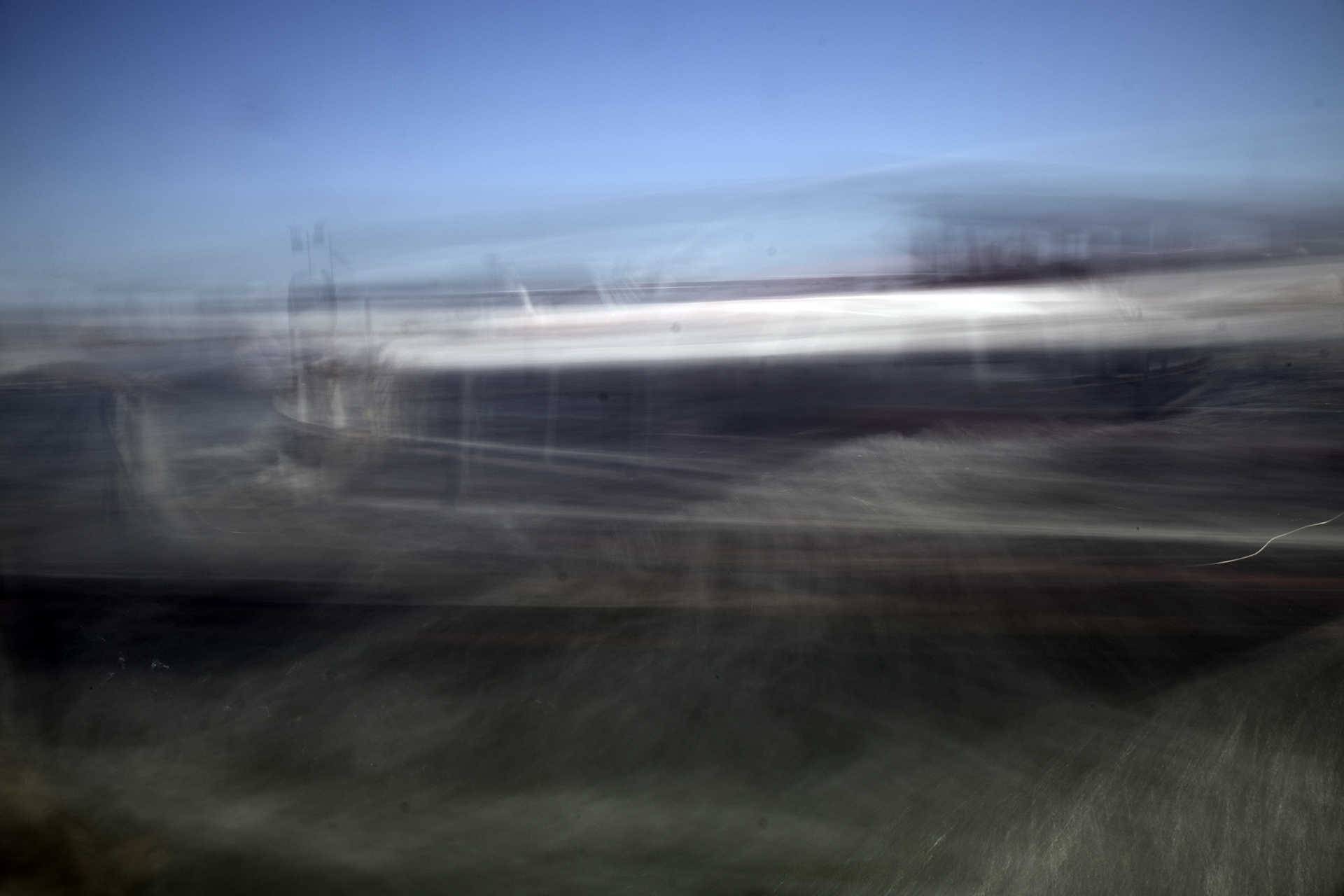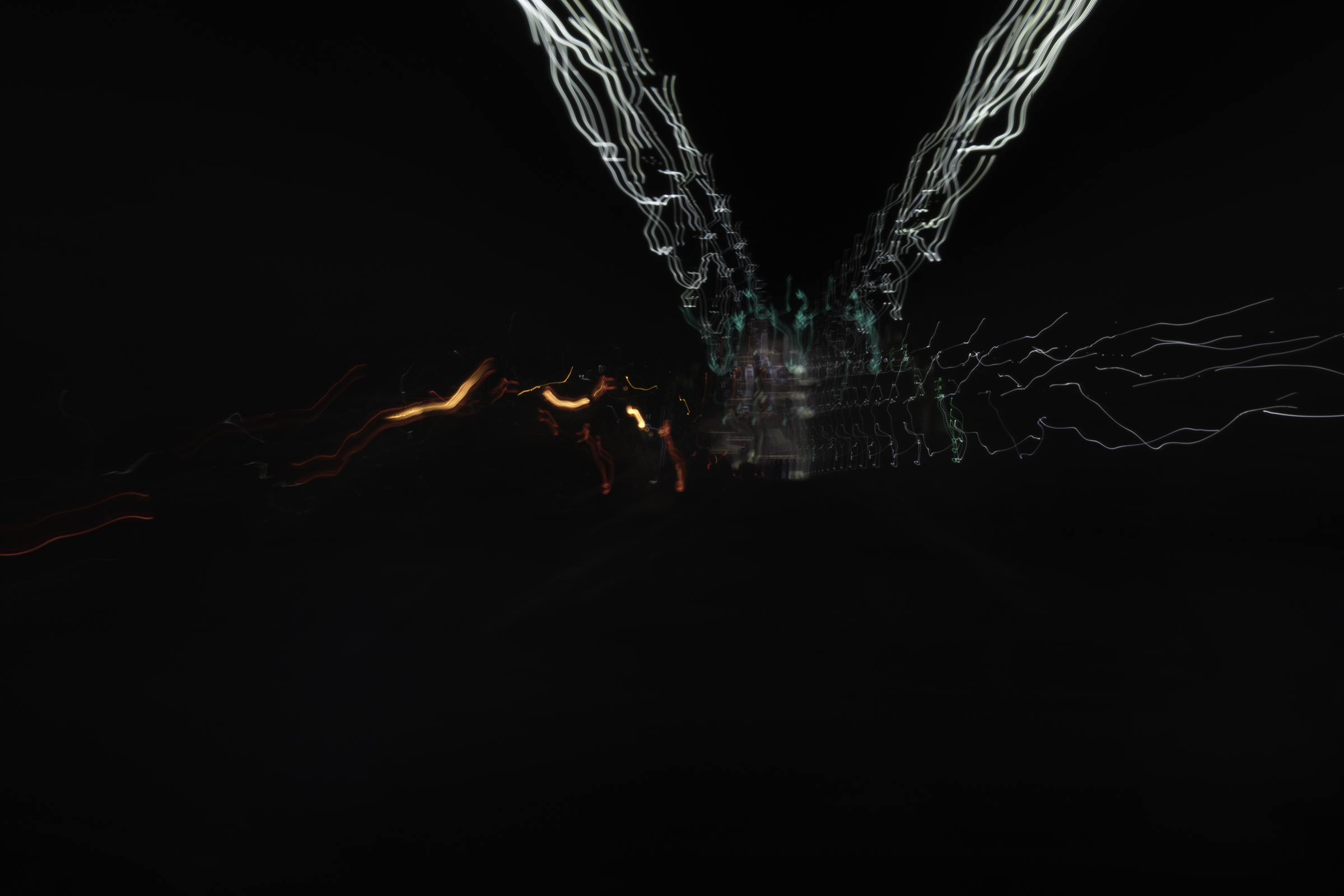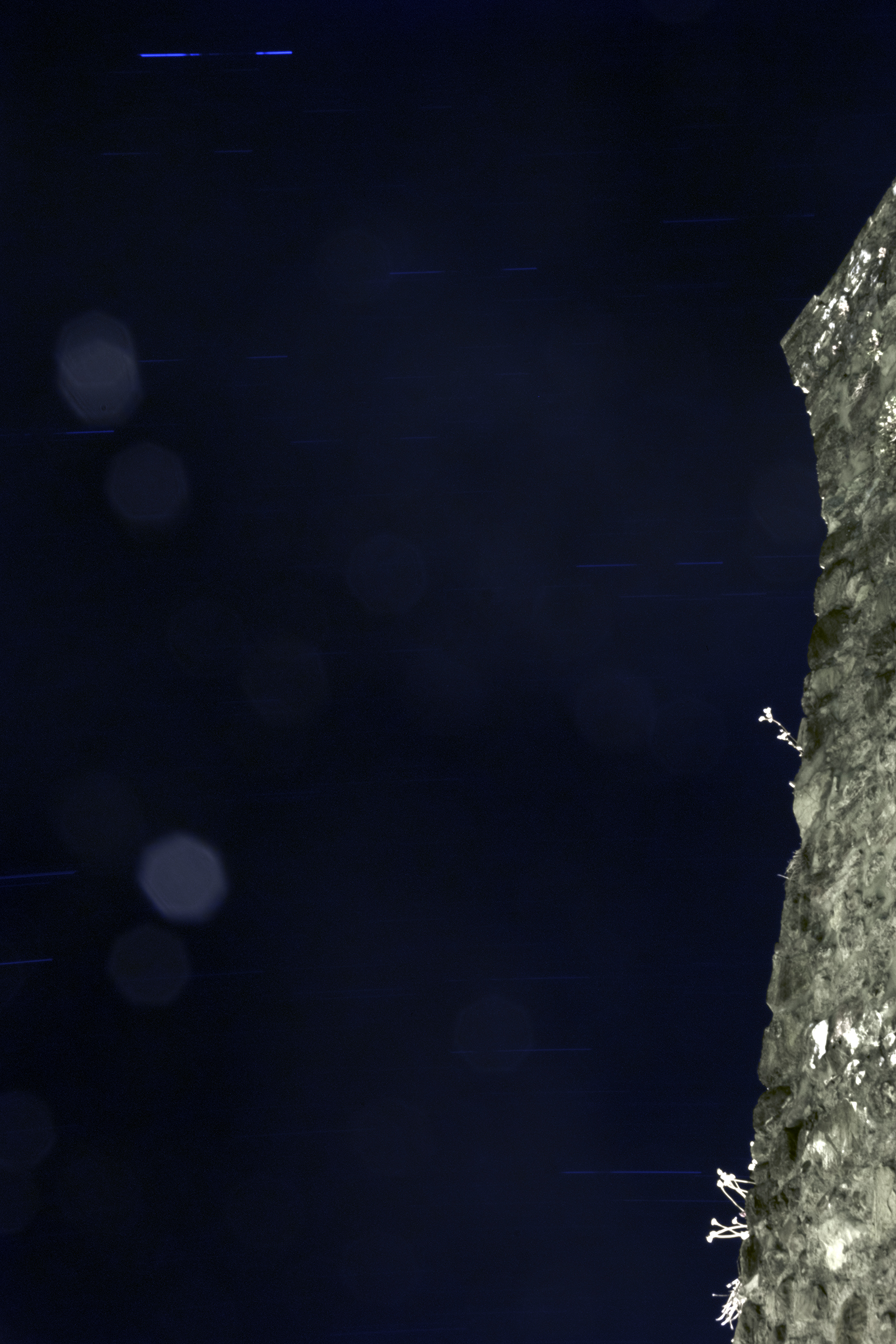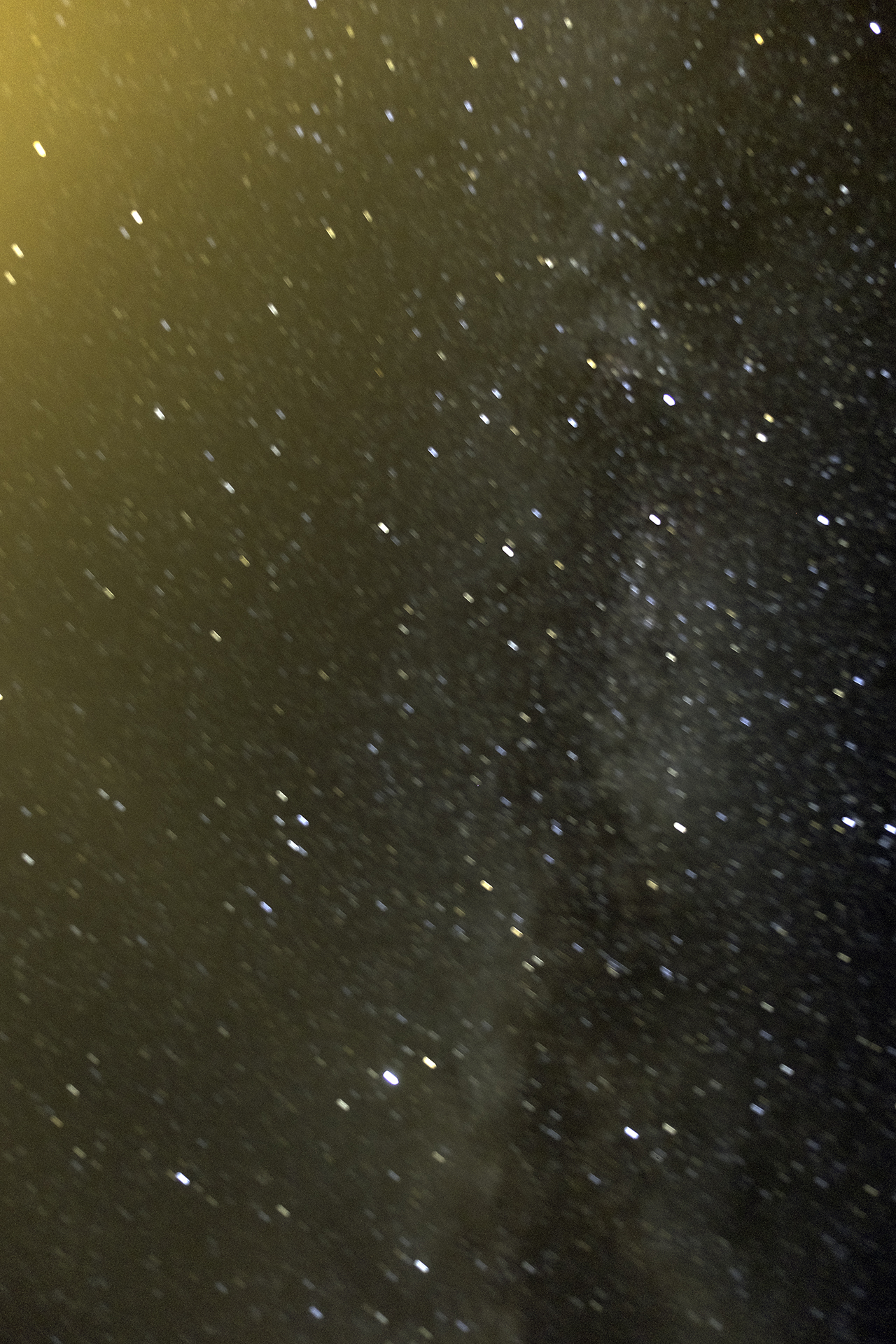This year, I was able to look past the finger and stepped back to see a greater composition, and project my own meaning onto the work. While one finger points down, the opposite hand counters by raising a chalice of wine (which was removed then restored, unlike his penis which was not restored). I saw the fierceness in Bacchus’ eyes and in the jutting forward of his chin, and interpreted the down-pointed hand as levying much more force than previously. A gesture of ownership over the ground upon which he stands, and a challenge to any mortal (or other artist) that would dare challenge him. After all, he's a fucking god. Schwasted, but still a god. The ecstasy in the eyes and gesture of the faun eating his grapes creates a contrast that makes Bacchus look even more vicious and ready for a fight.
In short, Michelangelo’s Bacchus is a hip-hop superstar. Hard as fuck, tiger-skin bling, and his bitch in ecstasy, he challenges everyone, but at the same time beckons us to follow him to that which is undoubtably lit. The takeaway is that studying history from afar has sometimes made me feel far from it. This experience with the actual object was a reminder that history is not only something that happened in the past. We are part of it, as it is part of us all.


